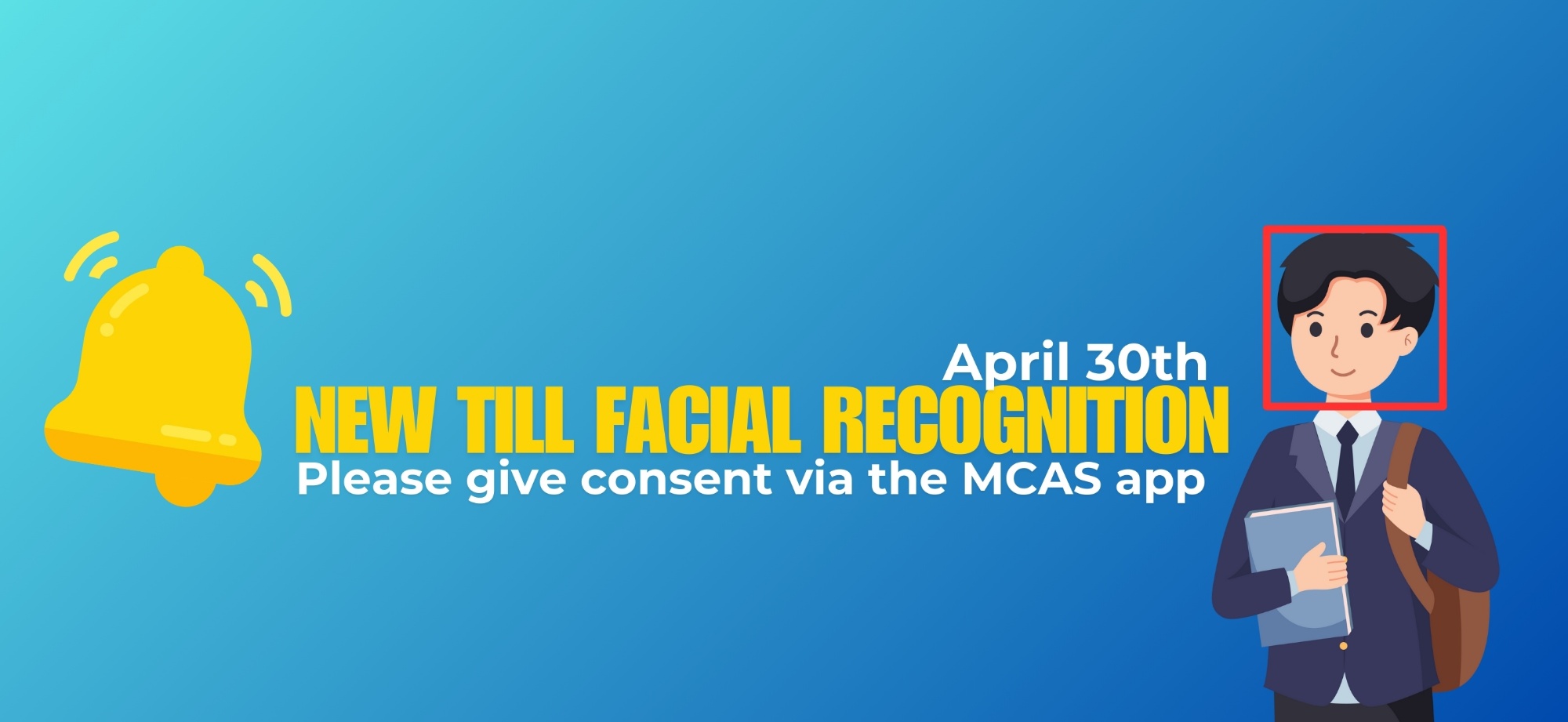- To understand the historical context of 20th and 21st-century issues, such as the Second World War and the Suffragette movement.
- To understand the themes of freedom, liberty, protest, human rights, civil rights, conflict, peace, and war, and how these themes are explored in various texts.
- To understand the conventions of non-fiction techniques and political speeches, including the use of anaphora, analogy, anecdote, antithesis, assertion, concession, data, emotive language, facts, hyperbole, indignant tone, perspective, pun, rebuttal, and the rule of 3.
- To understand how different rhetorical devices and techniques, such as perspective and point of view, are employed to enhance arguments and convey messages in political speeches and non-fiction writing.
|
- To read and compare speeches, focusing on how each speaker addresses their audience and conveys their message.
- To write a speech on peace, incorporating effective rhetorical devices and techniques.
- To deliver an individual presentation on peace, clearly articulating key points and engaging the audience.
- To learn new vocabulary that assists with understanding context, and make inferences by referring to evidence in the text.
- To understand the purpose, audience, and context for writing, and how these elements shape the content and style of a speech.
- To analyse how language, structure, and organisation in texts present meaning and impact the audience.
- To write for specific purposes and audiences, summarising and organising ideas, and supporting arguments with detailed evidence.
- To apply grammar, vocabulary, and structure effectively in writing, drawing on knowledge of literary devices.
- To plan, edit, and proofread written work to ensure clarity and coherence.
- To give short speeches and participate in formal debates and discussions, using appropriate techniques and engaging with the audience.
|












